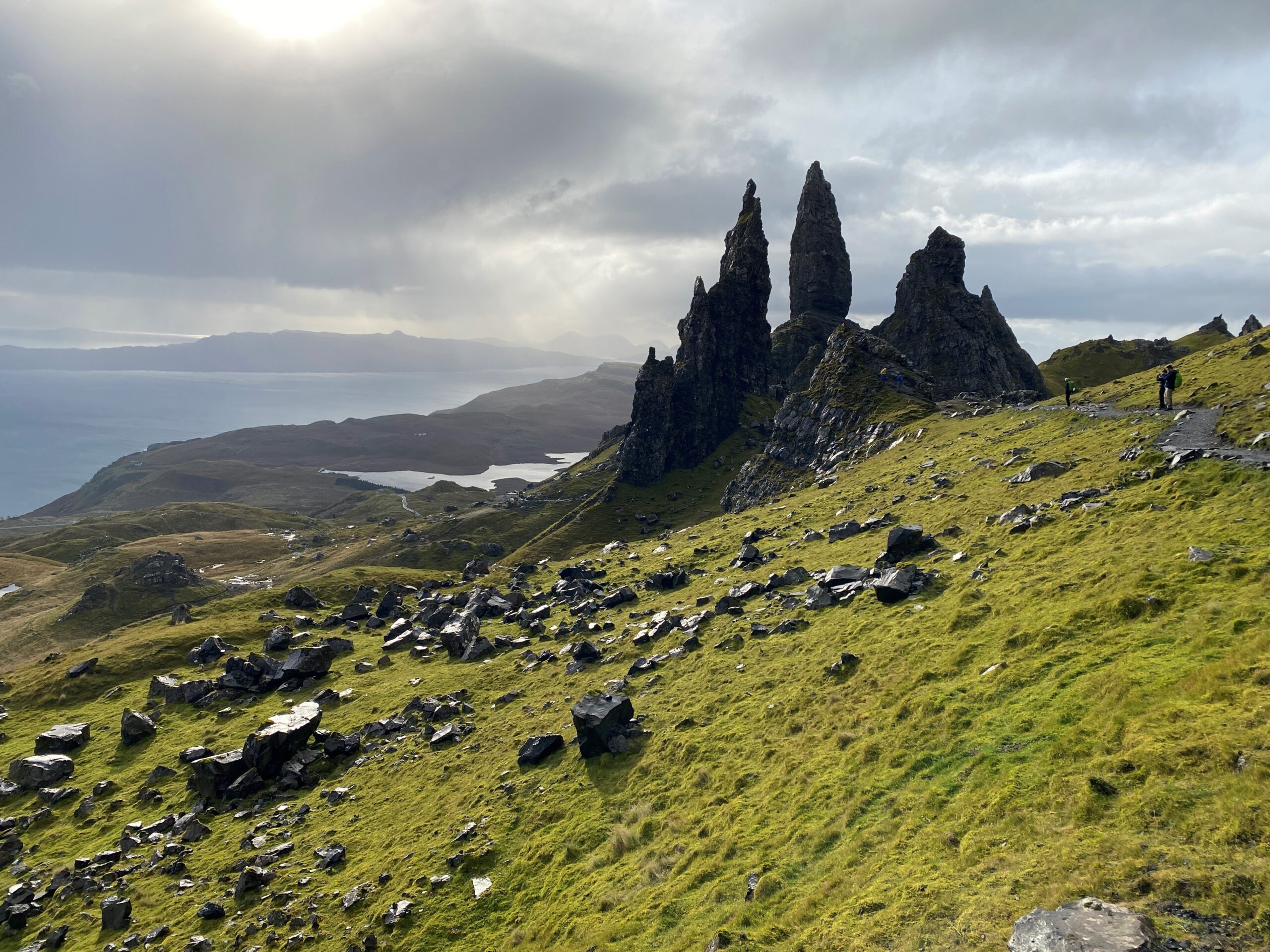packing tips and tricks
-

Preparing for a Trip
.
Trip Preparation List: This is being posted a day earlier than usual because in a reverse Groundhog’s Day phenomenon, our February 2nd will have disappeared completely in between the time that we leave Los Angeles (Feb 1) and arrive in…
-
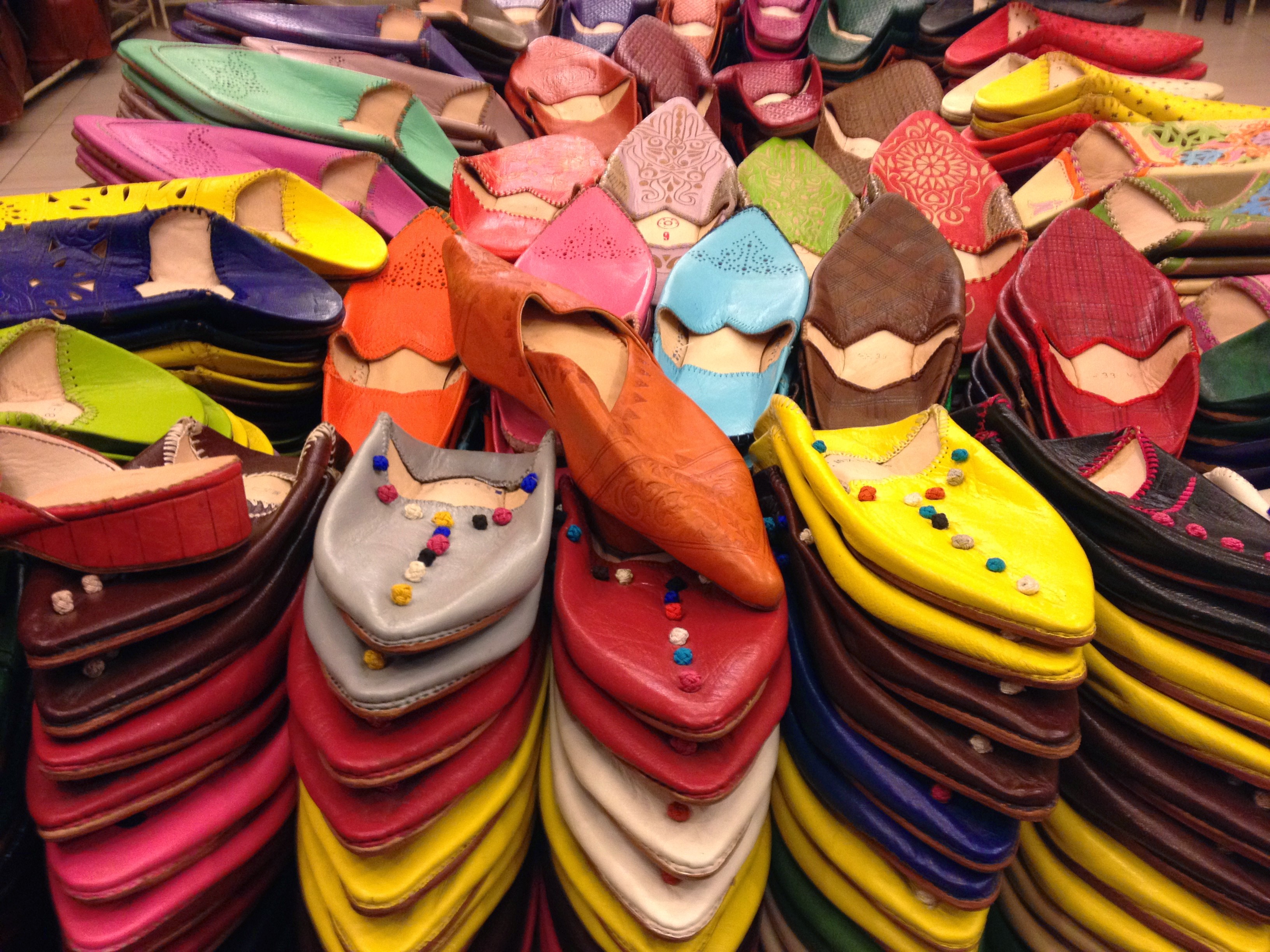
Choosing the right shoes for your trip
.
Let’s talk about travel shoes for women. Travel = walking. A lot of walking. Having sturdy, comfortable shoes is crucial since you need to be able to wear them all day, every day. If they are cute, well, that is…
-
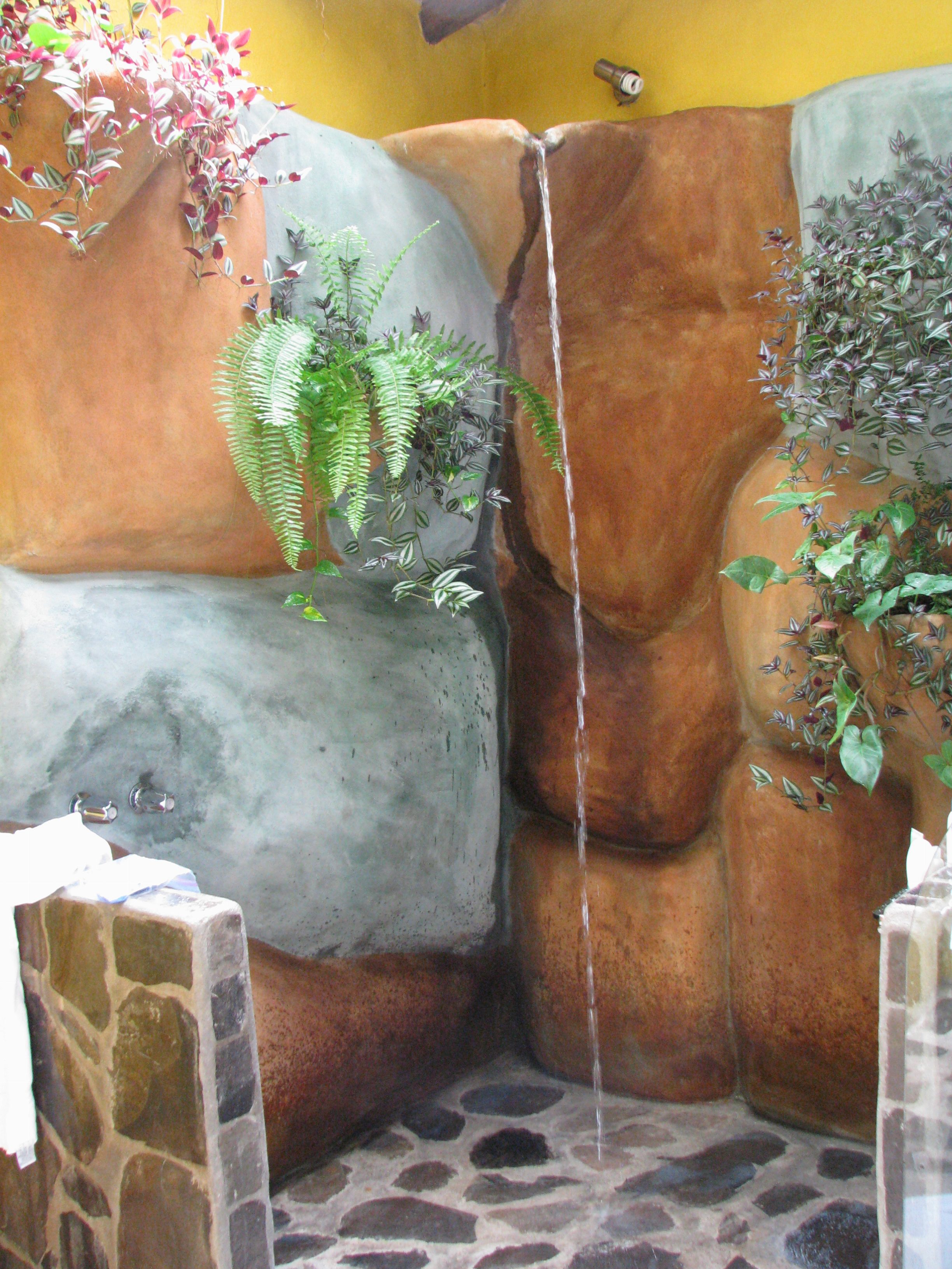
How to survive the heat in a hot place
.
Vacations full of fresh fruit and beaches always sound really good to me, but to be honest, I’m just not a hot weather kind of Jane. I prefer sweaters to swimsuits; they are softer and I can eat ice cream…
-

Women’s packing list for five nights in Puerto Rico
.
Since I appreciate seeing what other fellow travelers pack when they go on their adventures, I figured I would share with you my women’s packing list for Puerto Rico. Continue reading to see what I put in my bag for…
-
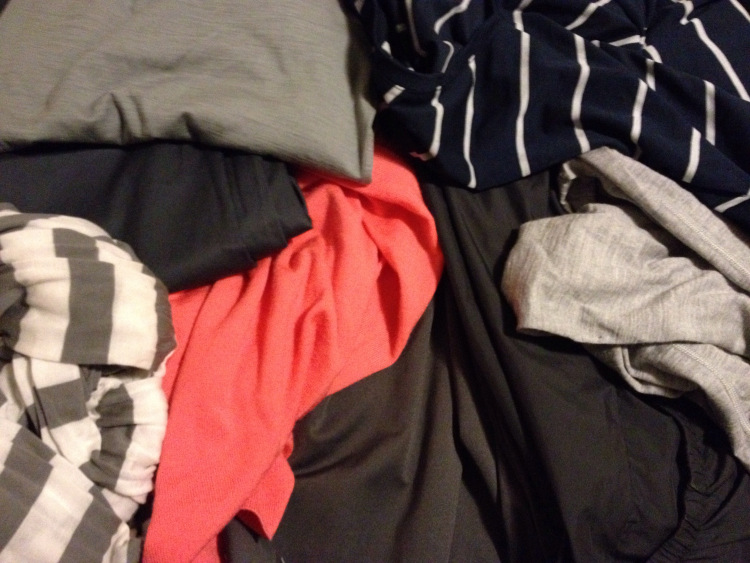
Tips to Packing Light [Tips and Tricks]
.
Last week I talked about the gear and tools that help in packing light. This week, I am going to talk about some specific packing light tips for women. These are the tips and tricks I actually use while on…
-
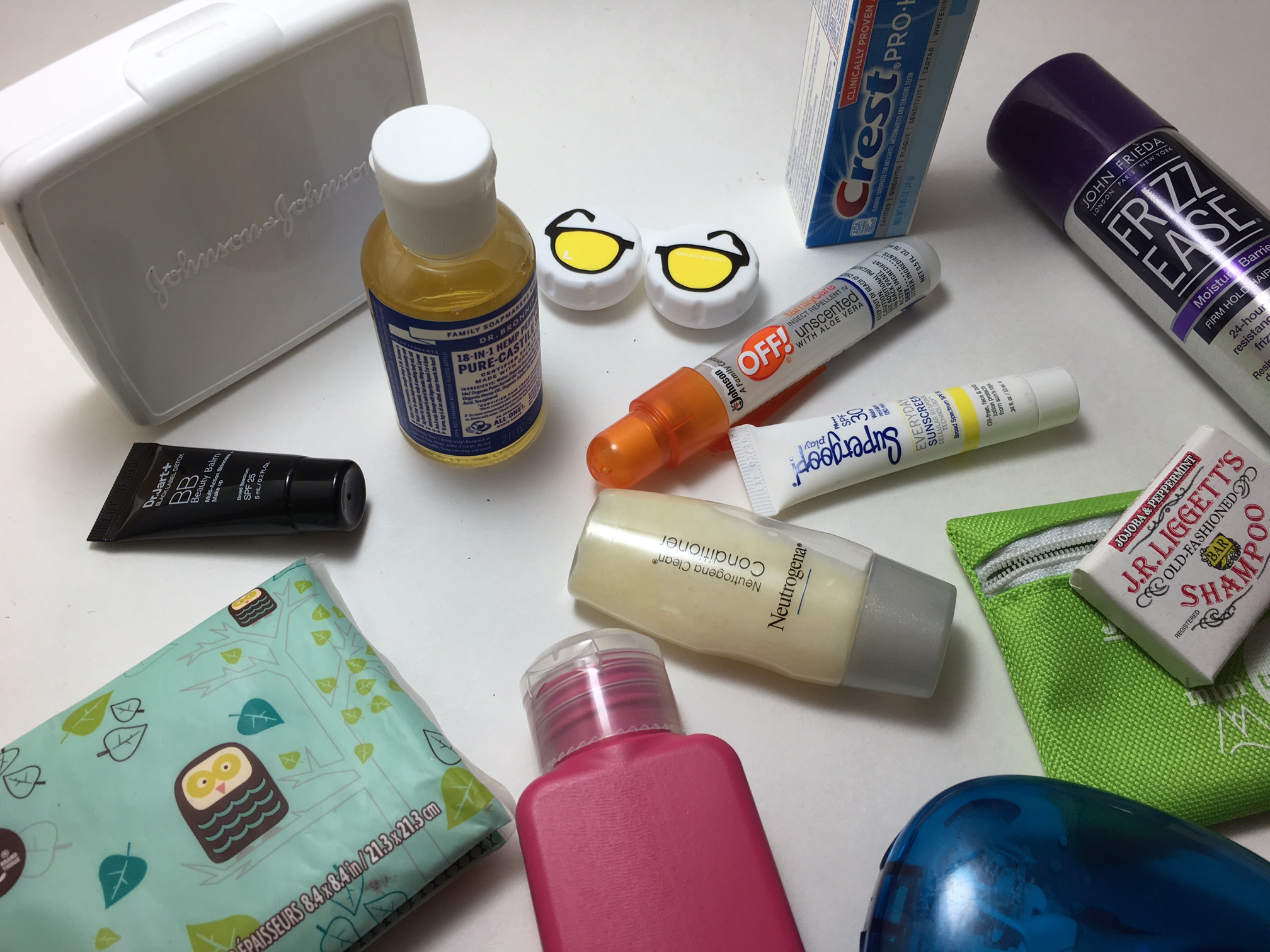
Tips to Packing Light [Tools and Gear]
.
Packing Light Tools and Gear Packing light is an art. It takes years of practice and just when you think you’ve got it nailed, you’ll learn some new trick or find a new piece of gear that shows just how…
-
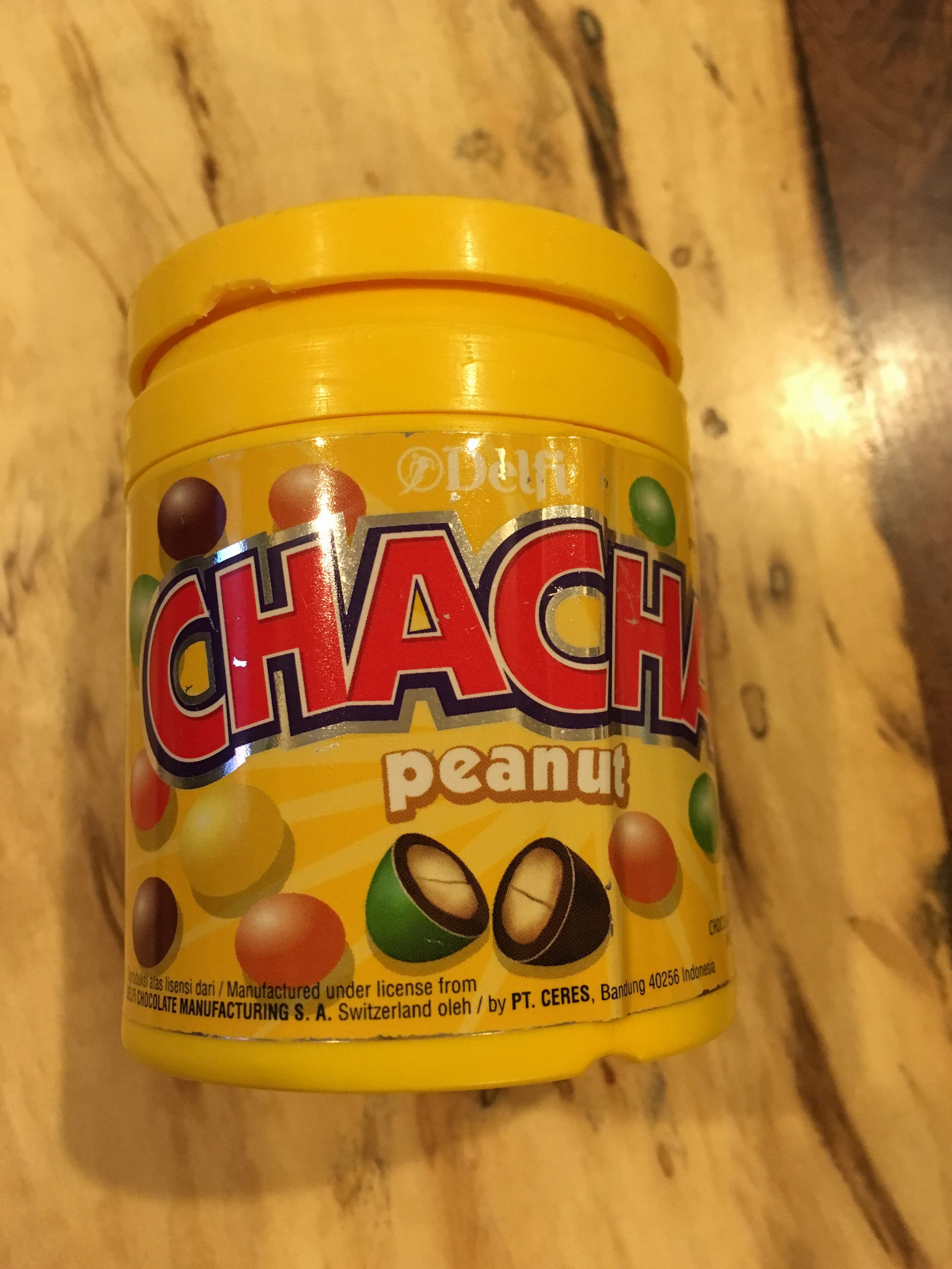
Survival food: what to pack with you on trips
.
It is nearing the second weekend in August, which means one thing in the R and B household: Braun Brothers Reunion. BBR is a music festival/camping extravaganza with great music and not so great food. I mean, there’s only so…
-
High quality H-2-O
.
A few years ago in a Quito hotel, I forgot that I wasn’t supposed to drink the water in Ecuador and swallowed down a swig after brushing my teeth. In that moment, as I contemplated contracting giardia, typhoid fever and…
-

Getting sick while on the road
.
When I was in my 20s, I visited a back specialist and was told that I have the back of an 80-year-old. (Lovely, right?) What this means is that once or twice a year, I tweak it just right and…
